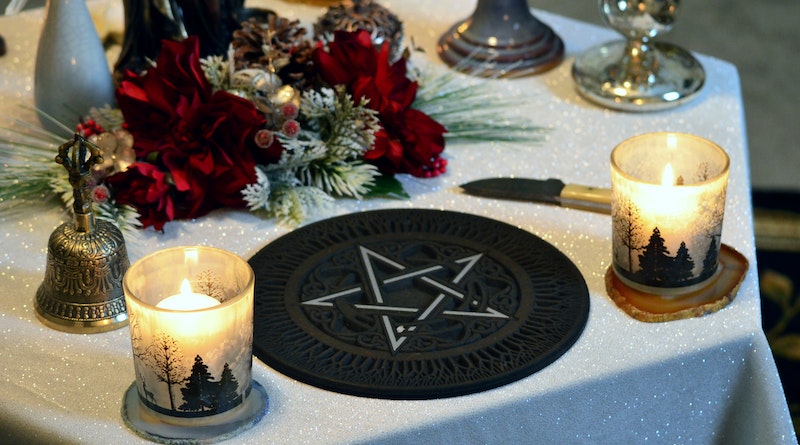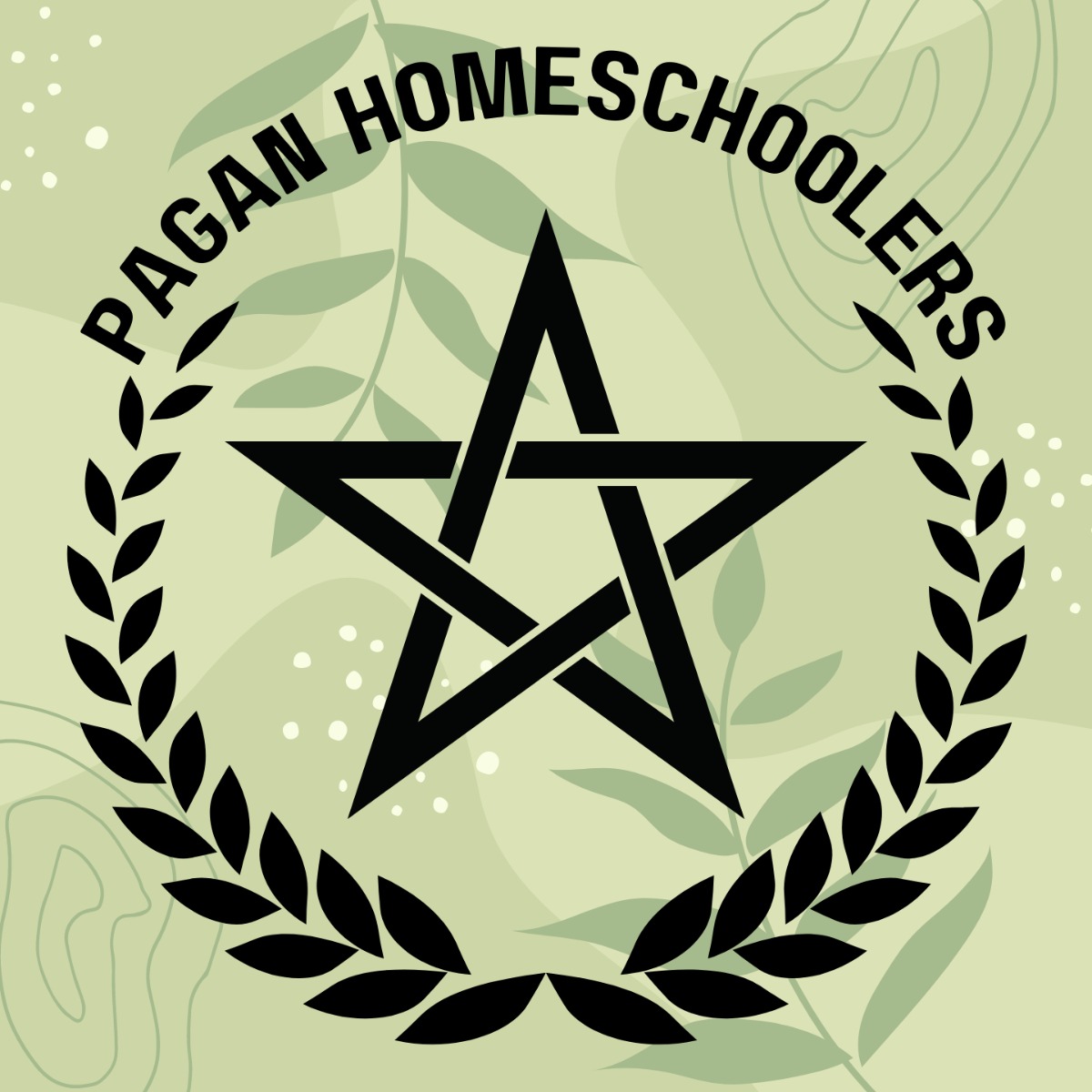How to Incorporate Paganism into Your Homeschool Curriculum
Paganism and spirituality are growing rapidly in the United States, and more and more families are trying to find ways to incorporate that belief system into their homeschool curriculum. You can be successful if you take steps to ensure your family’s needs are met. Here are a few tips to help you along the way.
Defining Paganism
Paganism is an umbrella term for various religions that are not Christian or Jewish. These include Wicca, Druidry, animistic faiths, and other earth-based beliefs. The word pagan comes from the Latin word paganus meaning country dweller or peasant. Other names for Pagans include heathens and non-Abrahamic believers.
Why Teach Paganism in Homeschool Curriculum?
There are many reasons why one might choose to teach paganism in their homeschool curriculum. First and foremost, it teaches a child about the world around them and their place in it. It also teaches them about their own self worth, both for themselves and for others. As a result, the child may create stronger relationships with friends and family members, and feel more grounded in themselves.
Children who are taught they matter, grow up with the knowledge that they have the power to overcome difficult challenges. It’s important for children to know their history and understand where they come from, so that they can shape what the future looks like.
As paganism has been a major force throughout time, teaching it will help children understand what shaped our society today. Lastly, there is simply no other way to completely show your child the beauty of nature without incorporating aspects of paganism into your homeschooling curriculum.
Ways to Teach Paganism
Paganism is a polytheist religion, meaning it is not monotheistic like Christianity or Islam. This can be a challenge for some parents, who want their children to have a faith that promotes one god. Parents can educate their kids about paganism by incorporating it into homeschool and including paganism books in the library.
Another way is by celebrating holidays such as Samhain or Beltane. If you do this, try doing something other than the typical pumpkin carving or apple bobbing. If you feel comfortable, offer an open invitation for neighbors or friends of your children to come over to celebrate these times with them.
These events will help them learn more about other religions, without having to leave the home or go far away from those they love. Traditional foods such as honey cakes and wassails can also be included at mealtime, while explaining how this food represents old customs that are no longer practiced.






